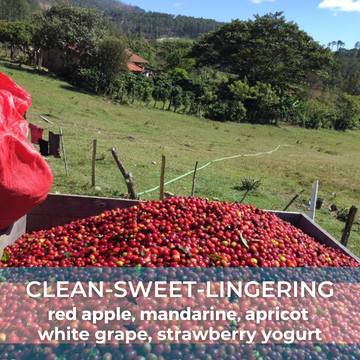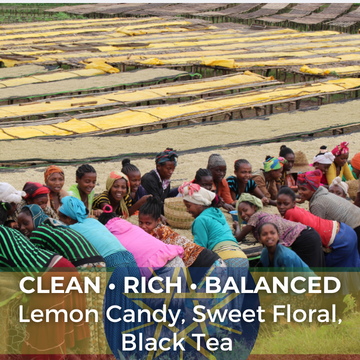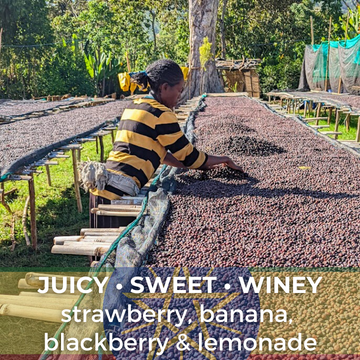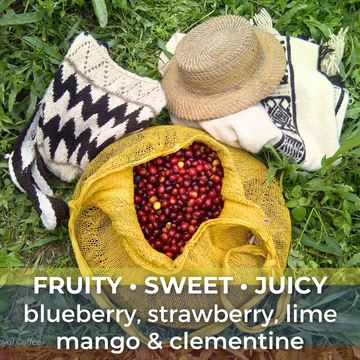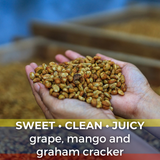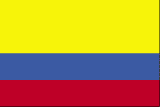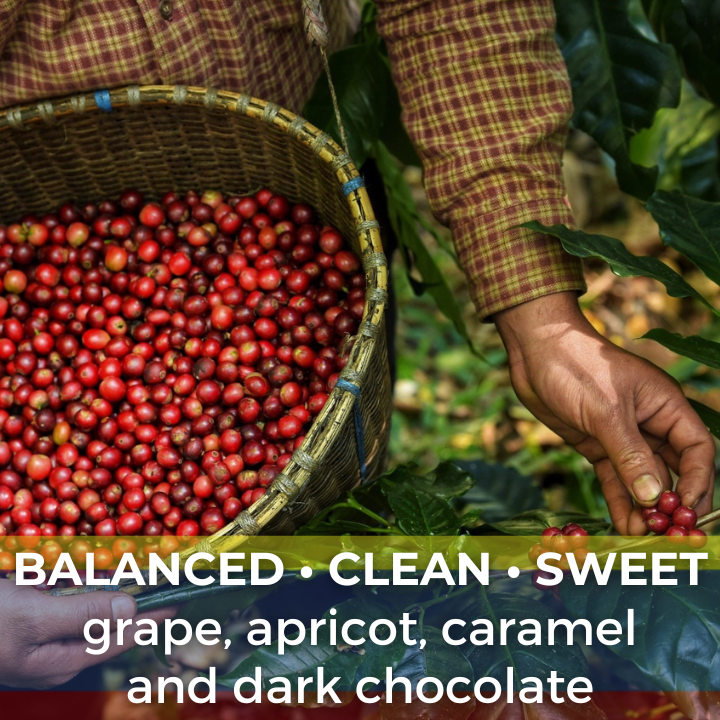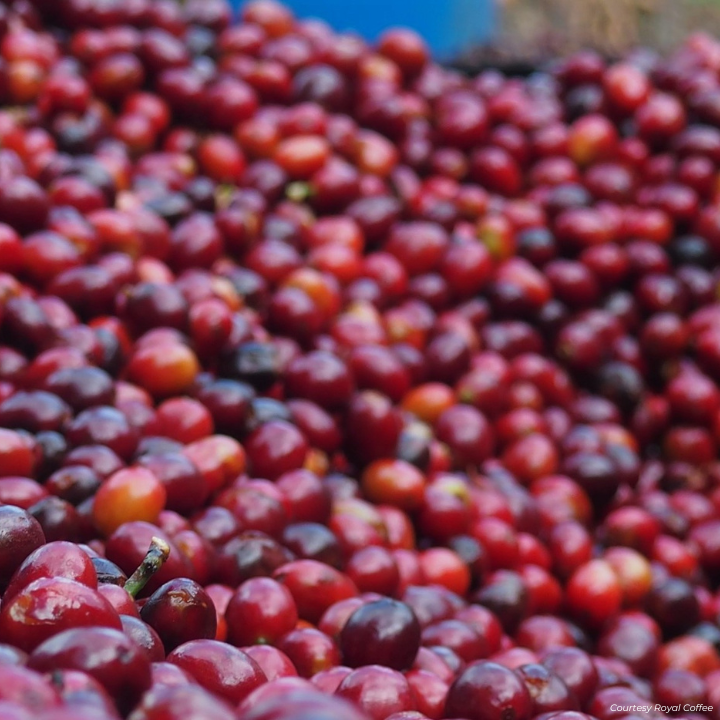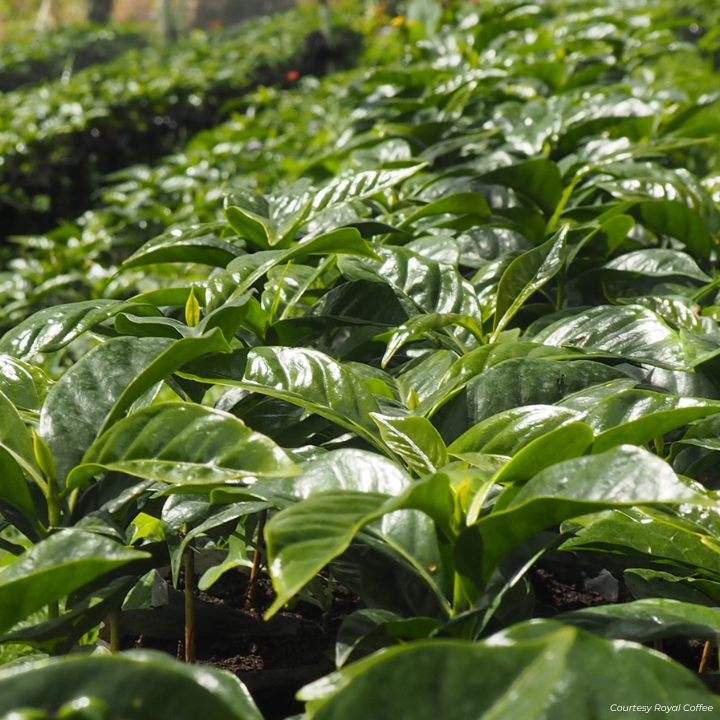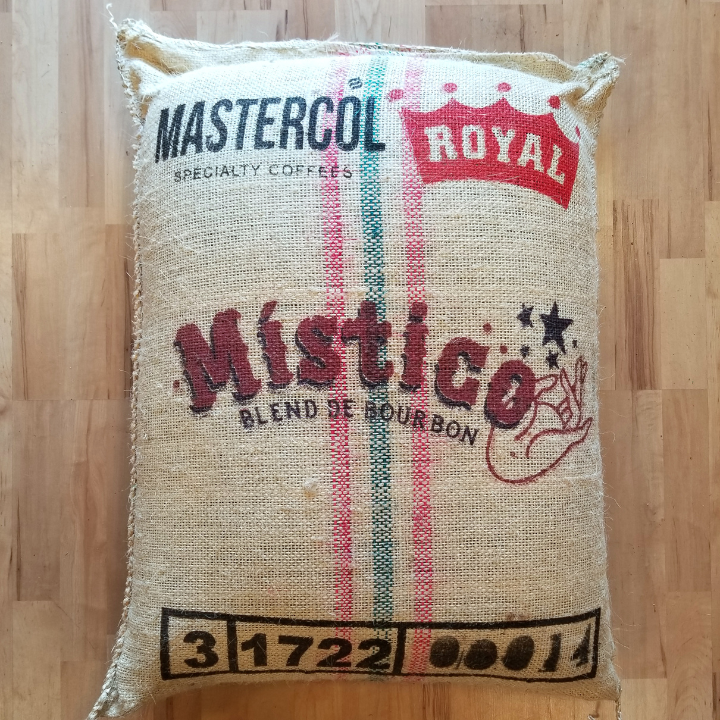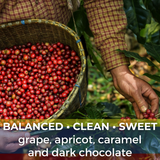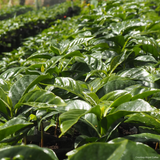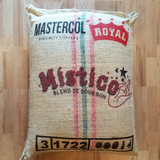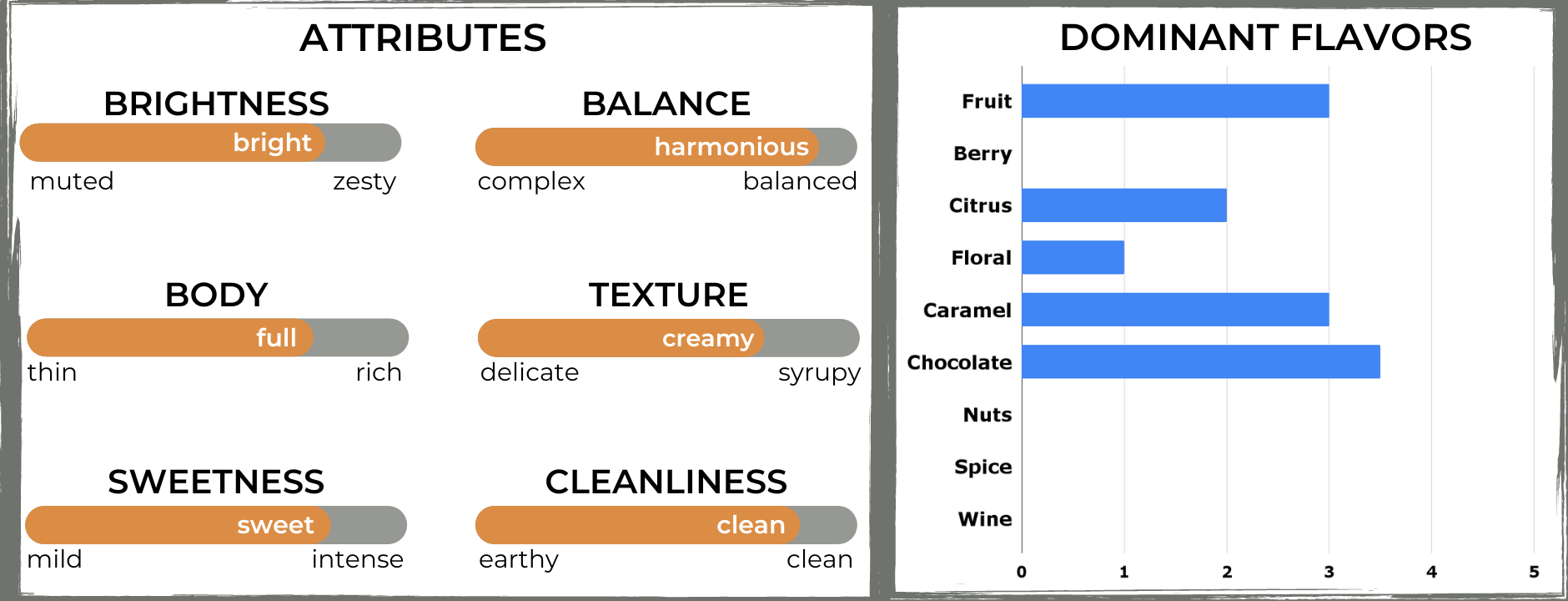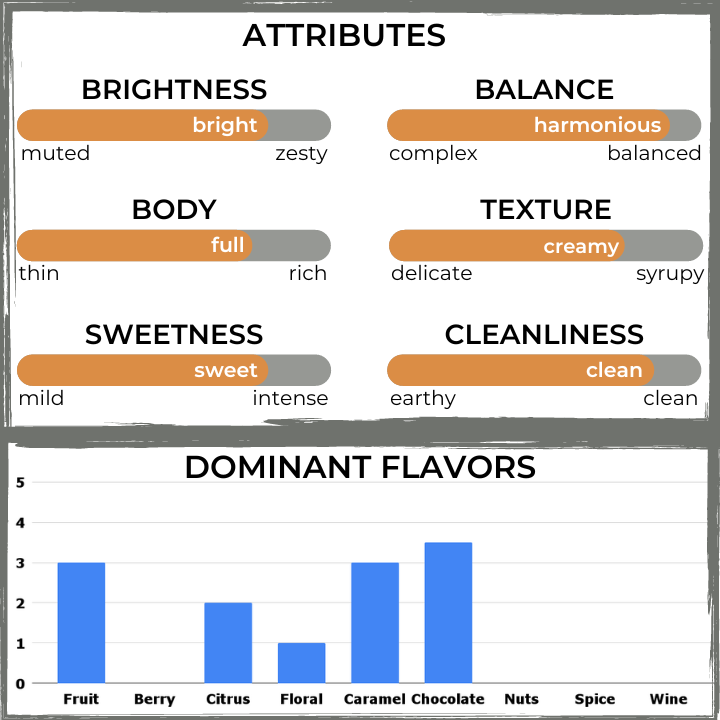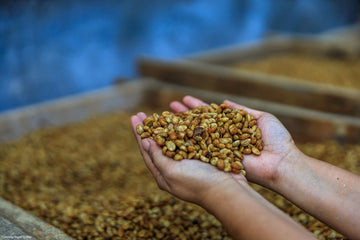Sold Out
Colombia Huila Mistico Bourbon
This offering consists of pink, red and yellow bourbon which has been expertly blended to make a satisfying and harmonious cup. It's bright without being too bright, sweet without being too sweet and...well you get the picture! We noted ripe grape, apricot, caramel and dark chocolate.
We’ve featured many single origin Bourbons in the last year, but this one is the first intentional blend. Bourbon is perhaps the most famous coffee cultivar, having been imported from Yemen to Bourbon Island (now called La Réunion, located east of Madagascar) and eventually landing in the Americas in the mid 1800s. It's revered for it's consistent quality and has fathered other famous varieties including caturra and catuai. Bourbon has several genetic offshoots characterized by the color of the ripe coffee cherries with red being the most well known.
This coffee is a blend of pink, red and yellow bourbon. Red and yellow being naturally occurring variations and pink being a genetic hybrid of the two. As the names suggest, the ripe cherries display these colors quite clearly making it difficult to mistake them as anything but ripe! This blend is expertly crafted to be balanced, sweet and clean. In fact, while I was evaluating it, I just kept thinking how no single attribute really stood out to me from the cup, but in a good way! Harmonious is the word I’m looking for. It isn’t a boring cup, far from it, everything just works like a well oiled machine to deliver an extremely satisfying cup that’s missing nothing and wants for nothing. It’s bright without being too bright, sweet without being too sweet…you get the picture. We noted ripe grape, apricot, caramel and dark chocolate with a hint of mango and plum.
Reminder! This coffee is raw, you must roast it before brewing
Arrival Date: June 13th, 2022 US Arrival March 2022, Packed in GrainPro
Acidity & Brightness: Bright, sweet and fruity
Balance & Finish: Well balanced with a clean finish
Body & Texture: Full bodied with a creamy texture
Flavors: Grape, apricot, caramel and dark chocolate
Grade: Excelso, grown at 1650 - 2000 masl
Processing: Fully washed and dried on patios and elevated tables inside solar dryers that provide protection from the rain
Grower: 26 producers organized around Mastercol
Region: Pitalito, La Argentina, Salado Blanco, Palestina, San Agustin, Huila, Colombia
Varieties: Pink Bourbon, Red Bourbon and Yellow Bourbon
Recommended Roast Range: City+ to Full City+ (Light-medium to medium-dark)
We like this coffee best at City+ to Full City+ (Light medium to medium-dark), Most roasters will have the best results at Full City (full medium) or between 1st and 2nd crack. Go slightly lighter to emphasize fruit and acidity ending the roast at the tail end of 1st crack. Darker roasts ending at the first snaps of 2nd crack will emphasize chocolate and caramel with a bit more body, though you may bitter the chocolate a bit to baker’s chocolate.
Royal Coffee - "Ever stop to think about all the variables that factor into creating a distinct, complex, clean and consistent regional blend? Here is one you will want to dissect, with one part terroir (from the coveted department of Huila), one part one part plant variety (bourbon), and one-part small farm collaboration (the backbone of Colombian production). This traceable community blend with a vibrant regional profile and unique processing character was produced from the efforts of 26 producers committed to following a specific processing protocol to draw-out a consistent profile. Using their own micro-mill, each producer carefully harvested cherries, depulped and then fermented in sealed tanks for 24 hours. After fermenting, the coffee was washed and then gently dried on raised beds. The harmony between these producers in post-harvest practices was impressively precise to achieve such a clean and consistent blend. An export company called Mastercol provides crucial cupping evaluations to ensure the resulting harmony and character, as well as logistical support for things like warehousing and milling the coffee before export to the international market, which means better income reaches farmers so they can reinvest in their farms and strengthen their families’ livelihoods.”
